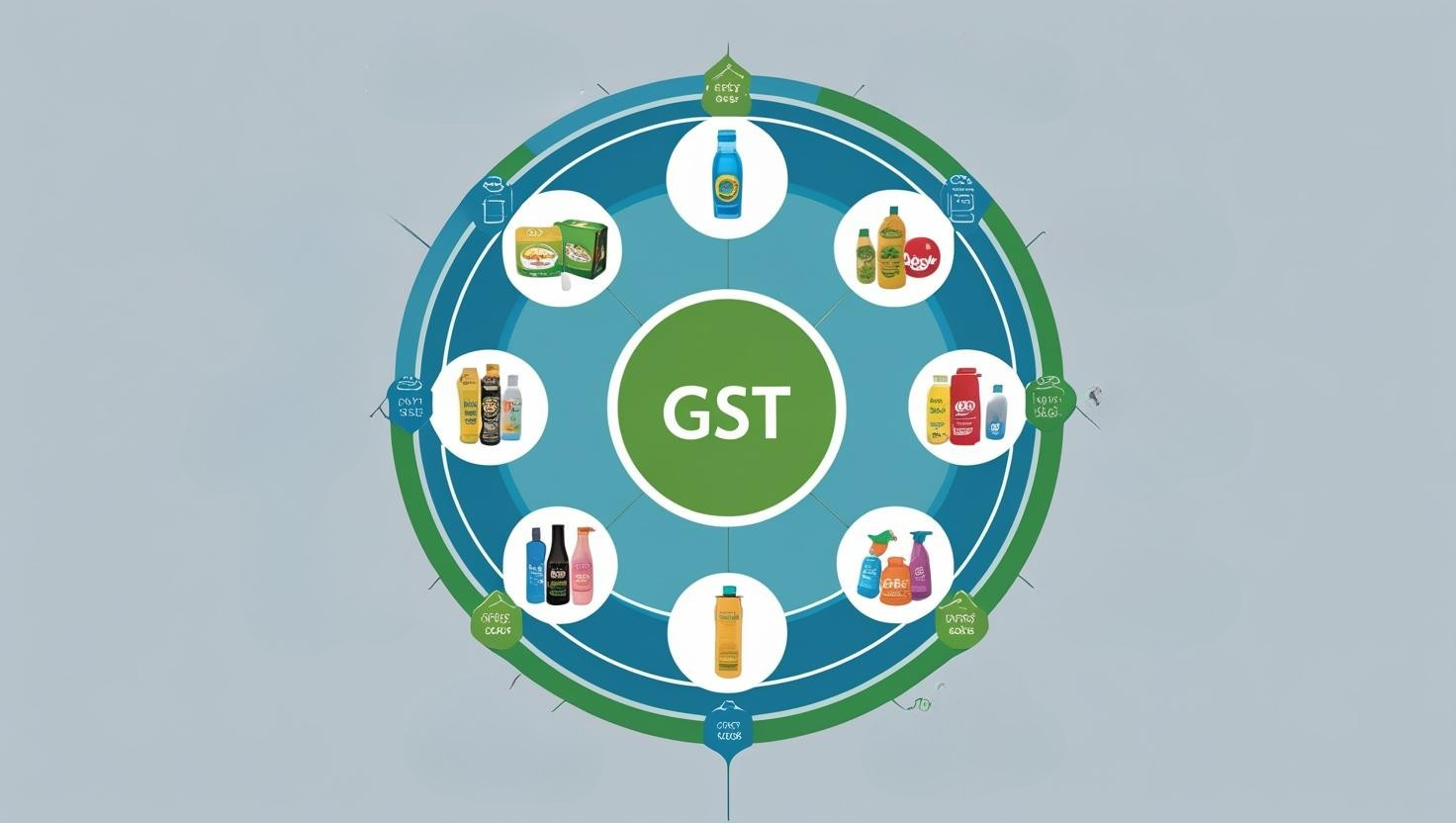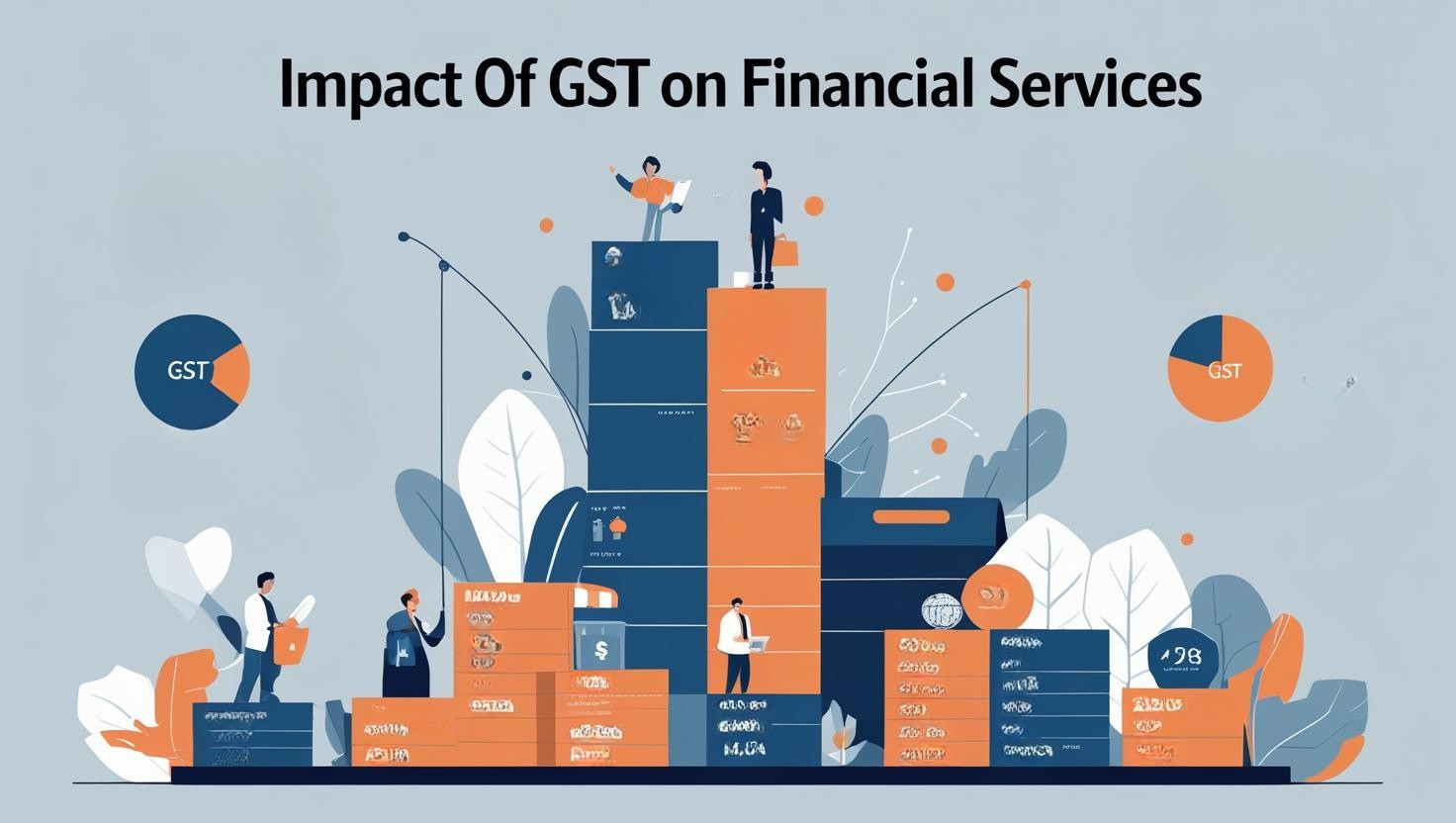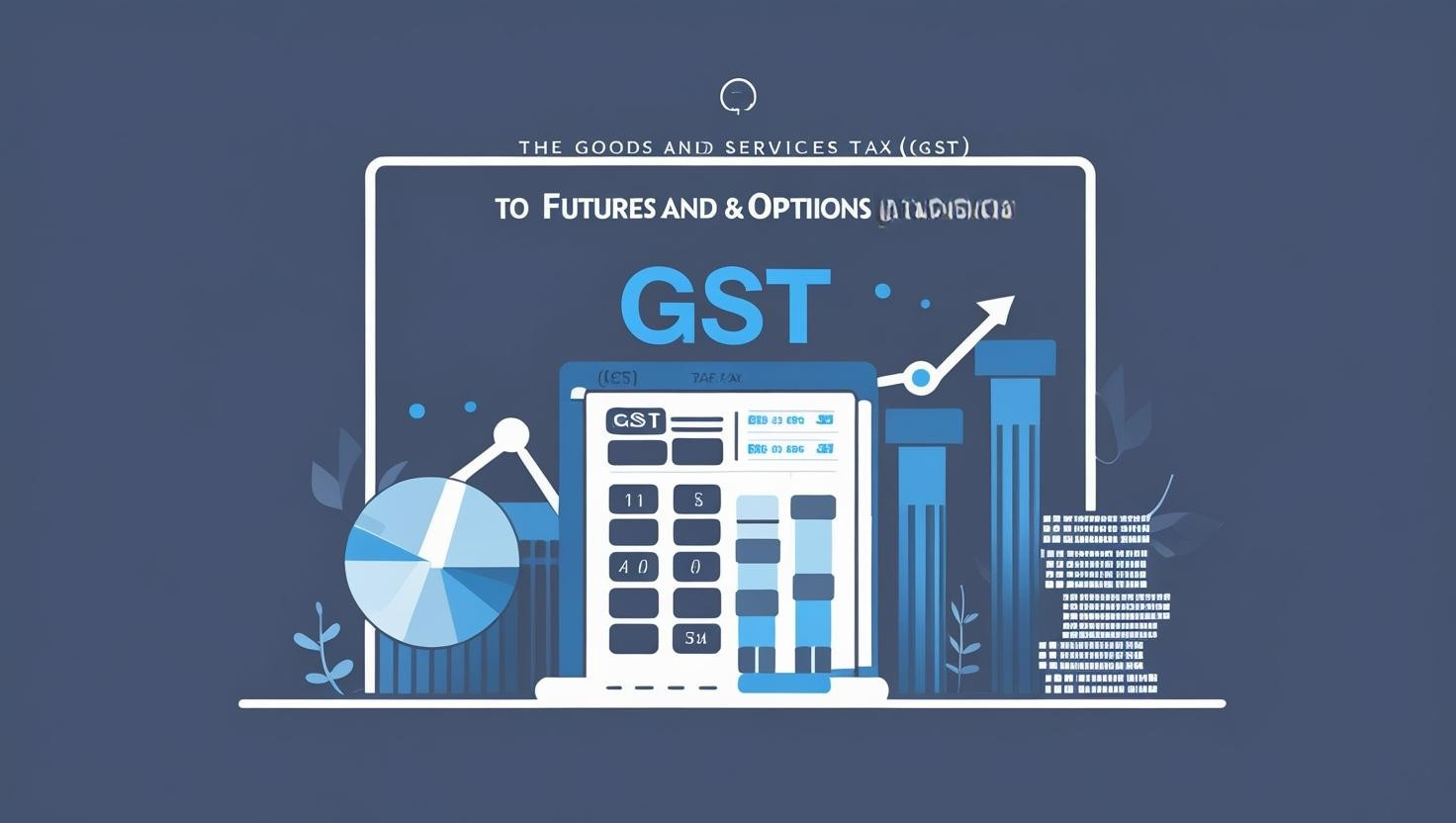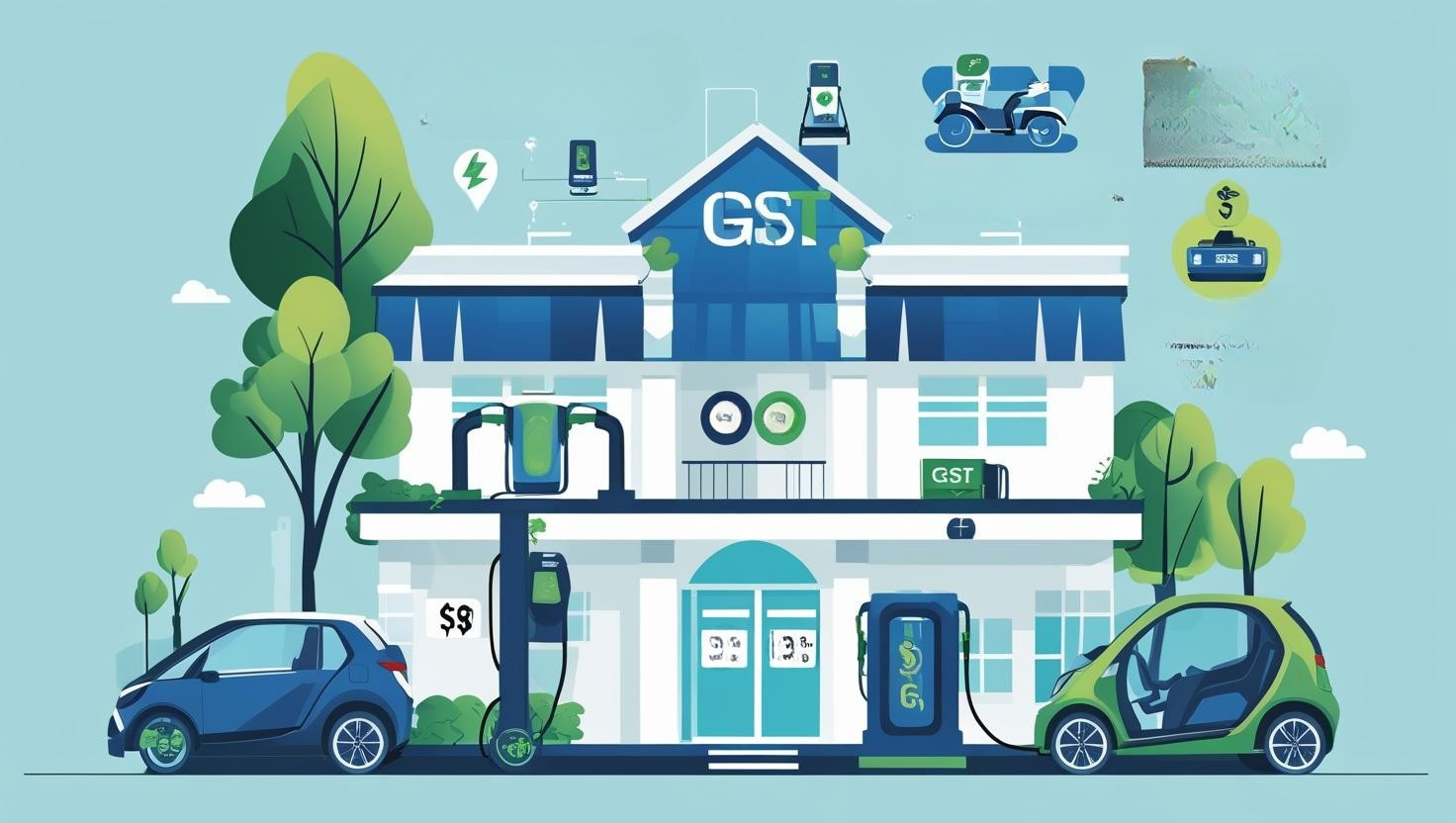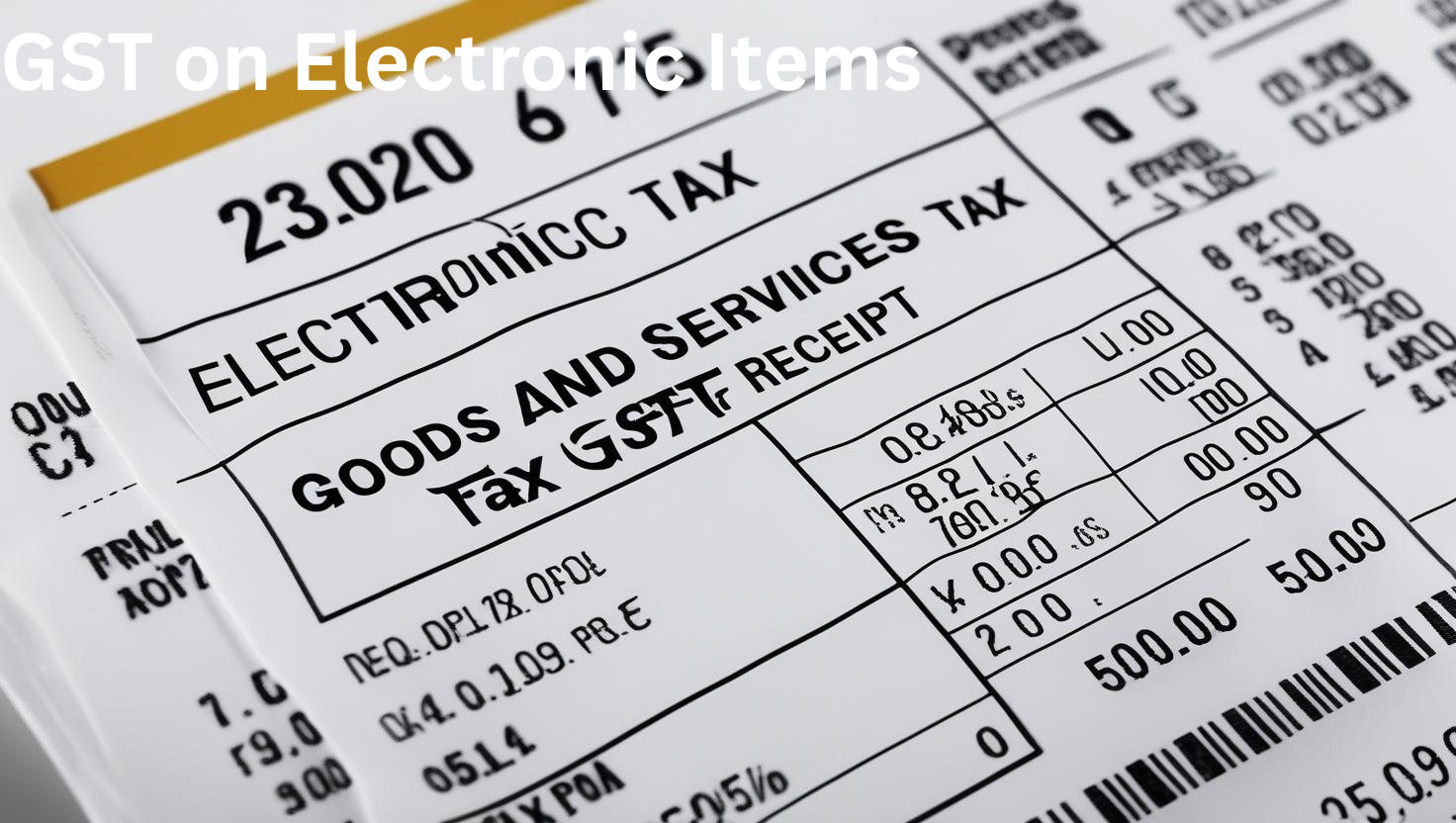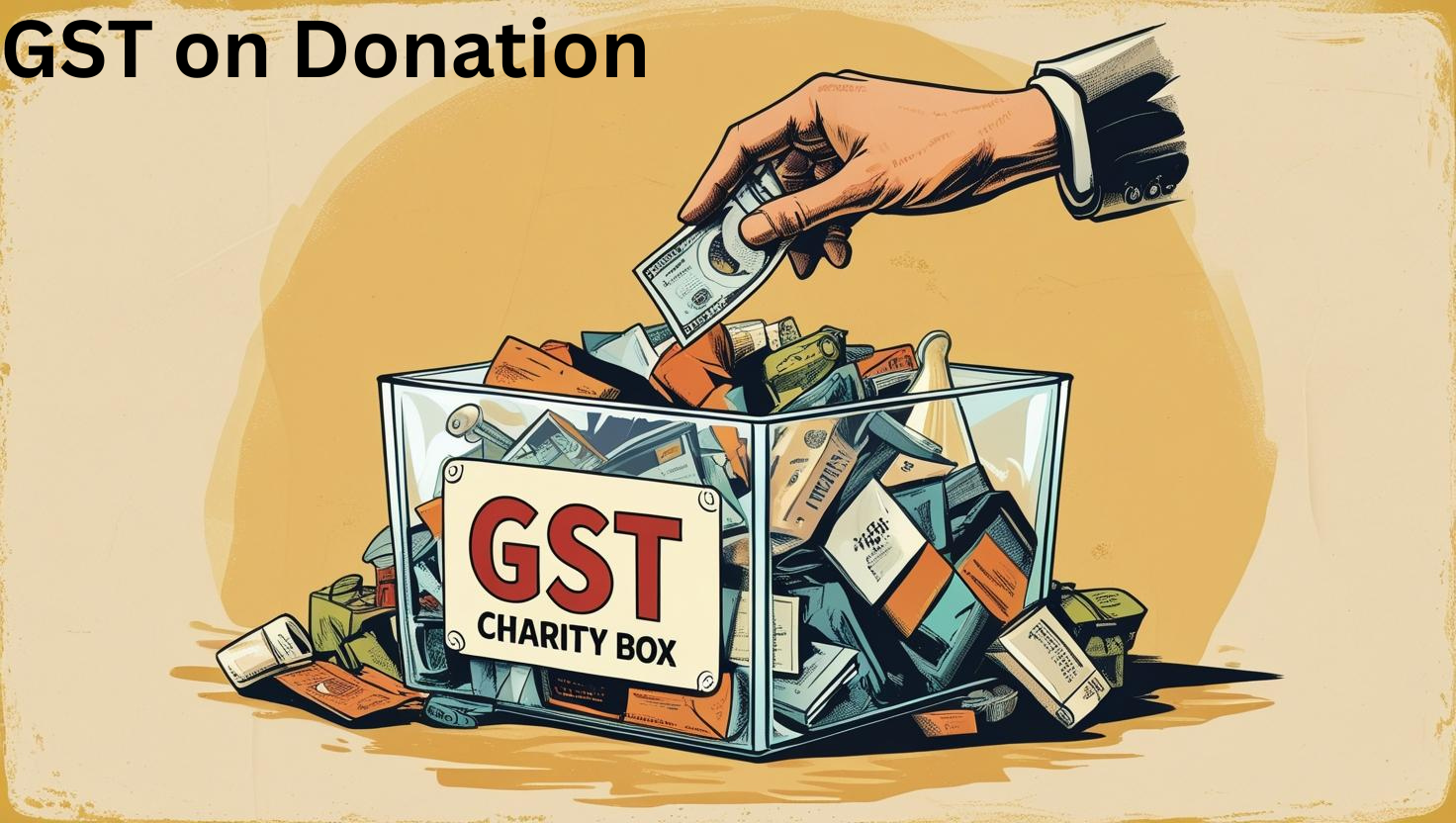India currently prides itself on being the second-largest global producer of cement. It’s worth noting that the government is a significant consumer in this industry, and therefore, its infrastructure projects heavily rely on cement. However, it’s interesting to observe that cement is subject to the highest tax rates despite being extensively used by the general population. With this in mind, let’s delve into the overview of the impact of the Goods and Services Tax (GST) on the cement industry and its key elements.
Cement is subjected to a GST rate of 28%, significantly contributing to the increased infrastructure sector costs. Despite the high tax rate, the implementation of GST has brought positive changes to the functioning of the cement industry
Cement is subject to GST at a rate of 28%. Such a high rate of tax is significantly responsible for increasing the cost of the infrastructure sector. Despite this high rate, taxation under GST has been a welcome change for the workings of this industry.
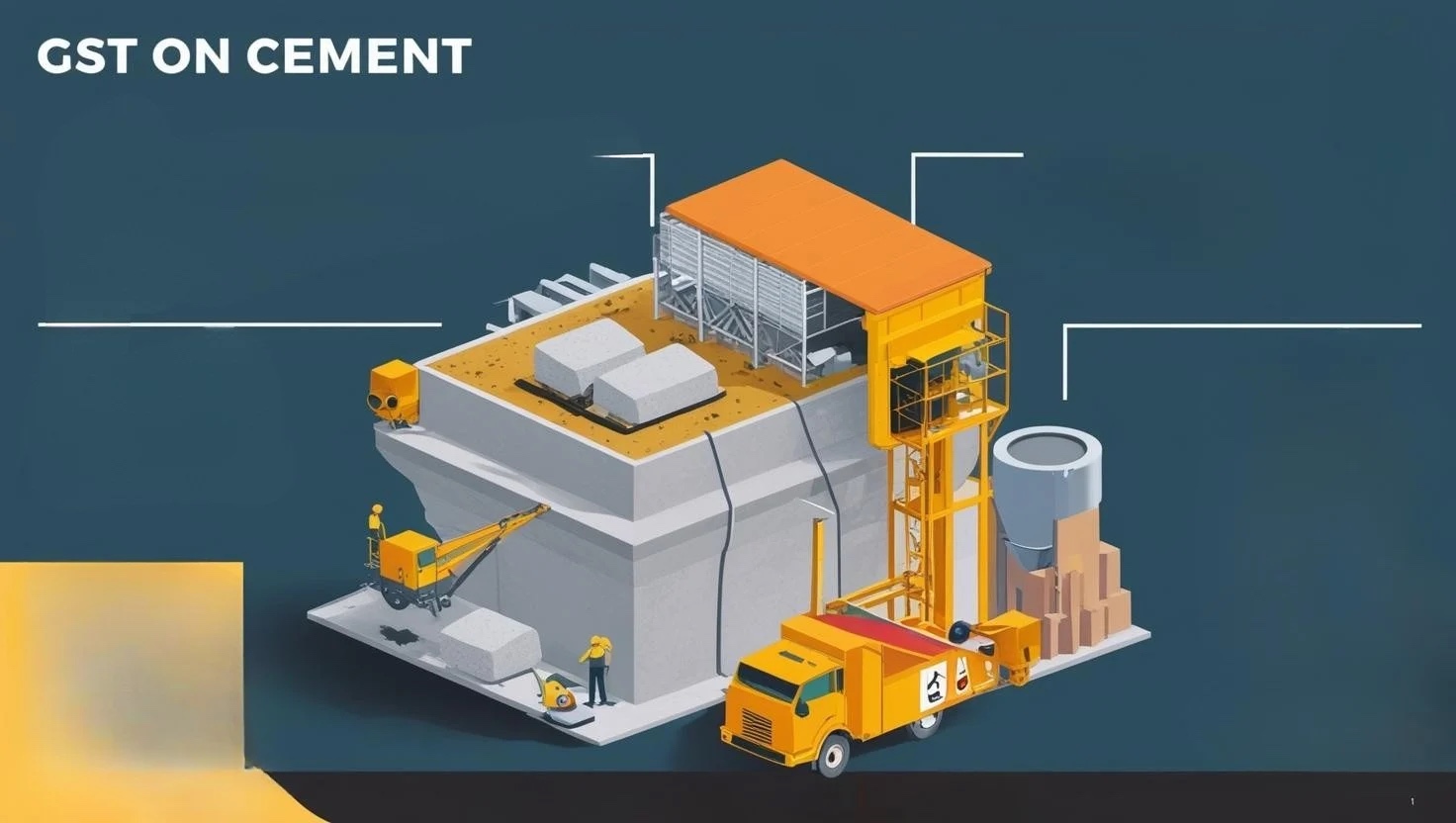
What Is the GST on Cement Bags?
The GST rate on cement bags is set at 28%. This rate is part of the Goods and Services Tax (GST) regime, which aims to simplify the tax structure in India by consolidating various indirect taxes into a single tax. The high GST rate on cement impacts the overall construction cost, making it a significant factor for builders and developers to consider when budgeting for projects.
Typically, prior to implementation of the GST regime, cement manufacturers had to pay multiple rates and excise duties on cement. In a broader sense, such rates and duties applicable were dependent on factors like –
- Type of cement
- Form of supply (packaged or in bulk form)
- Industrial or trade purpose
Under the old tax regime, excise duties and VAT alone would round up to 24%-25%.
The following table provides a brief on the GST rates applicable to cement:
Cement Products | GST Rate |
Aluminous cement, Super Sulphate cement, Portland cement, Slag cement, other forms of cement (coloured or not) in the form of clinkers | 28% |
Mortars, Concrete, Refractory Cement, and other similar forms of cement | 18% |
Limestone, Calcareous cement – used to manufacture cement or lime | 5% |
Briquettes, Coal, Ovid’s, and other forms of solid fuel that are manufactured using coal | 5% |
List of GST on Cement and Manufactured Products
HSN Code | Description | GST Rate (%) | CESS (%) | Effective Date |
6810 | Articles of cement, concrete, or artificial stone (tiles, flagstones, bricks, etc.) | 18% | 0 | 1 July 2017 |
681011 | Building blocks and bricks | 18% | 0 | 1 July 2017 |
68101110 | Cement bricks | 12% | 0 | 1 July 2017 |
68101190 | Other building blocks and bricks | 18% | 0 | 1 July 2017 |
681019 | Other articles of cement, concrete, or artificial stone | 18% | 0 | 1 July 2017 |
68101910 | Cement tiles for mosaic | 18% | 0 | 1 July 2017 |
68101990 | Other cement articles | 18% | 0 | 1 July 2017 |
68109100 | Prefabricated structural components for building or civil engineering | 18% | 0 | 1 July 2017 |
68109910 | Concrete boulders | 18% | 0 | 1 July 2017 |
68109990 | Other articles of cement, concrete, or artificial stone | 18% | 0 | 1 July 2017 |
GST on Cement: Pre-GST vs Post-GST
Before the introduction of GST on cement in India, it was subject to a complex tax structure, including a central excise duty of 12.5%, ₹125 per metric tonne (PMT), and a standard VAT rate of 14.5%. This resulted in a total tax incidence exceeding 31% when accounting for CST, octroi, and entry taxes. Post-GST, the tax on cement was simplified to a flat rate of 28%, lowering the overall tax burden slightly while streamlining the taxation process.
GST's Impact on Cement Industry
Increased Cost of Components: Under the Central Government’s new regulations, cement is subject to a 28% GST, making it more expensive for the infrastructure industry. Cement production involves the use of coal, limestone, and electricity. As per the latest regulations, limestone has a GST of 5%, coal has a GST of 5%, and electricity falls outside the scope of GST. Additionally, coal is also subject to a clean energy cess, which cannot be claimed as input credit under GST. Consequently, the combination of these factors contributes to higher production costs for cement.
Cost Savings in Warehousing: The new GST norms for cement have a positive impact on the entire cement warehousing supply chain. Previously, cement manufacturers operated multiple warehouses to avoid paying Central Sales Tax (CST) and state entry taxes, resulting in underutilised warehouses. However, with the new GST regulations, cement manufacturers can optimise their warehousing operations by strategically locating warehouses in areas that offer the greatest benefits, improving overall efficiency.
Significant Transportation Cost Savings: Currently, cement manufacturers establish their operations near limestone quarries, resulting in high transportation costs to reach customers across the country. However, the latest GST norms for cement streamline the transportation process by reducing the number of checkpoints for vehicles transporting cement. This reduction in checkpoints helps to reduce transportation costs for the cement industry as a whole.
Simplification of Taxes: Presently, cement manufacturers have to navigate through various excise taxes based on factors such as bulk or packaged transportation, trade or industrial purposes, and more. However, with a fixed 28% GST rate on cement, the tax structure becomes simpler, reducing complexity and compliance requirements for cement manufacturers.
Overall, GST on cement has the potential to reduce operating expenses for the industry. However, it should be noted that achieving this requires optimal utilisation of associated components, such as supply chain and warehousing facilities. Furthermore, whether end-users will be able to save on their purchases depends on the decisions of cement companies. It largely depends on their willingness to pass on a considerable portion of the savings to consumers.
Current GST Rate and its Impact on Real Estate Industry
The implementation of the GST system has brought about significant changes to the Indian tax landscape, streamlining taxation processes to a great extent. However, it is crucial to consider both the pros and cons associated with it.
Recently, the government decided to reduce the GST rates applicable to under-construction properties in the luxury housing category from a high 12% to a lower 5%. The objective of this move was to stimulate demand for under-construction properties in the real estate sector. However, due to the withdrawal of Input Tax Credit (ITC) benefits, the impact of this rate reduction was somewhat offset.
Nevertheless, considering the ongoing upward trend in pricing within the real estate industry, it is expected that the cost of cement will further increase under the current GST rates applicable to it. Given the significant reliance of the housing and infrastructure sectors on the cement industry, experts believe that this will contribute to an overall increase in their costs as well. Therefore, the implementation of GST on cement has not only brought about significant changes for the cement industry but has also impacted all related sectors.
FAQs
Q1. How is the tax on various kinds of cement calculated?
With the implementation of the GST system, the previous complicated structure of multiple tax rates was eliminated. In its place, a standardised GST rate of 28% was introduced for all varieties of cement, including slag, aluminous, super sulphate, and Portland cement. This uniform rate simplifies the taxation process for the cement industry and ensures consistency across different types of cement.
Q2. Who is liable to pay GST on cement?
All businesses that supply cement must pay Goods and Services Tax (GST). This includes all cement companies, regardless of their size.
Q3. What is the Ambuja Cement Bag GST Rate?
Ambuja cement bags attract a GST rate of 28%, consistent with the general rate applied to most cement products.
Q4. Has GST on cement impacted the Real Estate Industry?
In a recent development, the government made the decision to decrease the GST rates for under-construction properties in the luxury housing category from 12% to 5%. The primary aim of this decision was to boost the demand for under-construction properties within the real estate sector.
05. What is the Shree Cement Bag GST Rate?
GST on cement bags of Shree Cement is subject to a rate of 28%.
Q6. Will the cost of cement be on the rise?
The high GST rates on cement have implications for various stakeholders, including manufacturers, consumers, and the real estate or infrastructure industry. The potential reduction in costs for consumers relies on the ability of cement manufacturers to pass on their savings. Until such a scenario materialises, it is likely that the cost of cement will rise alongside increasing GST rates.
Related Resources


